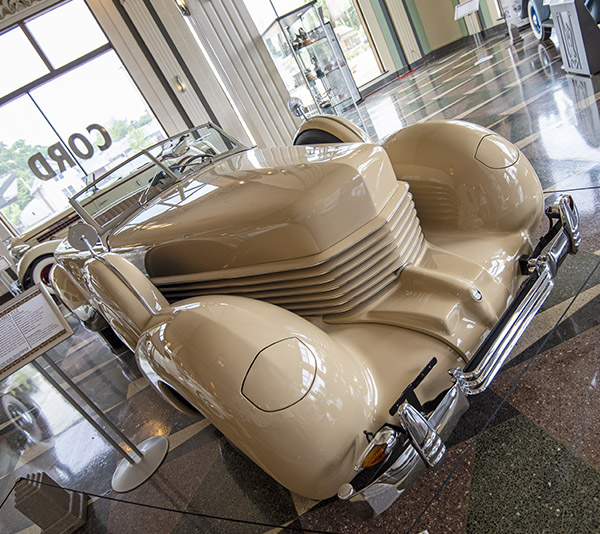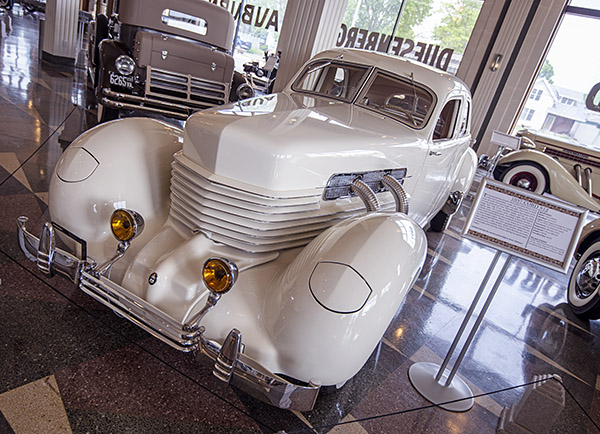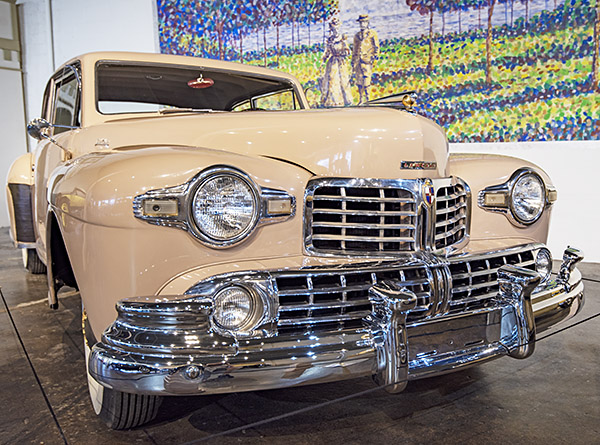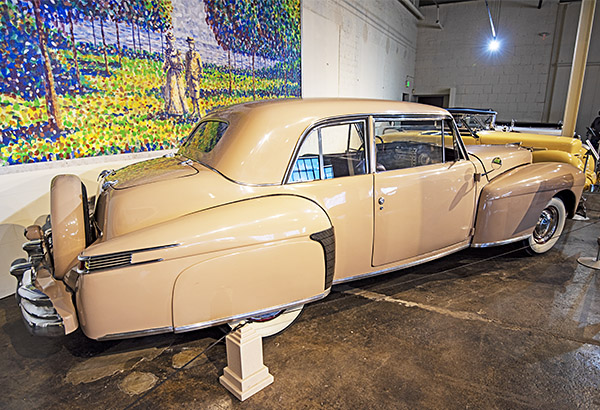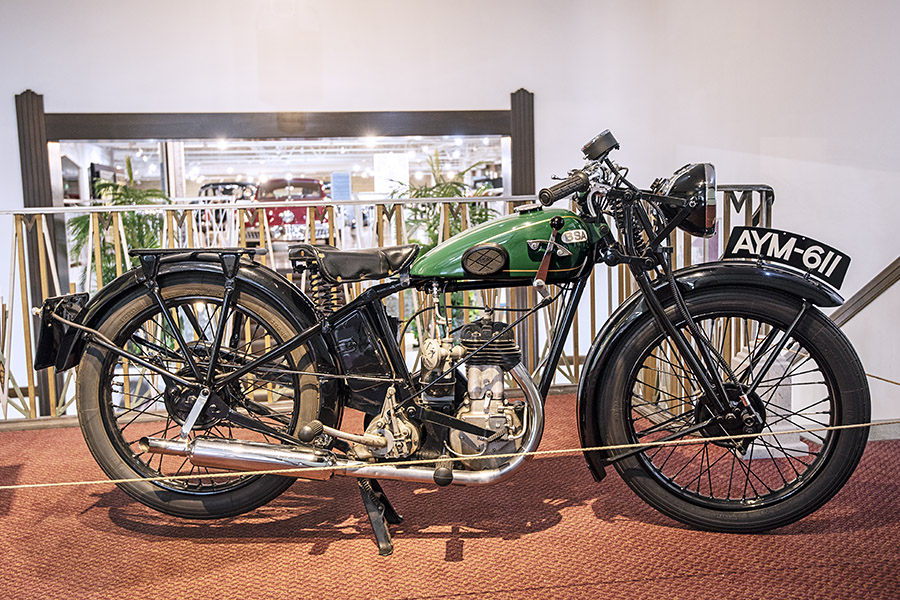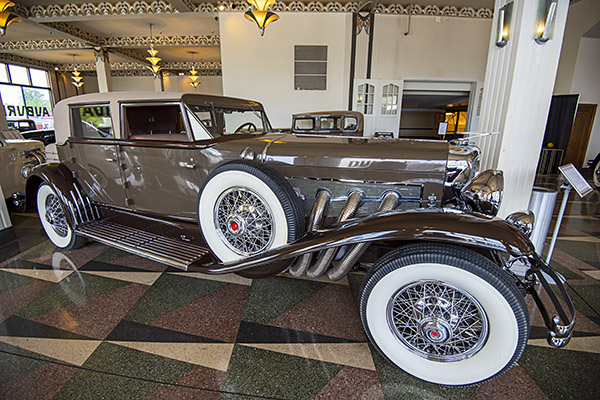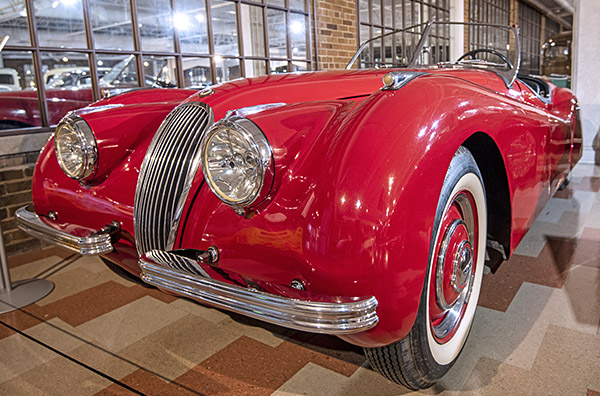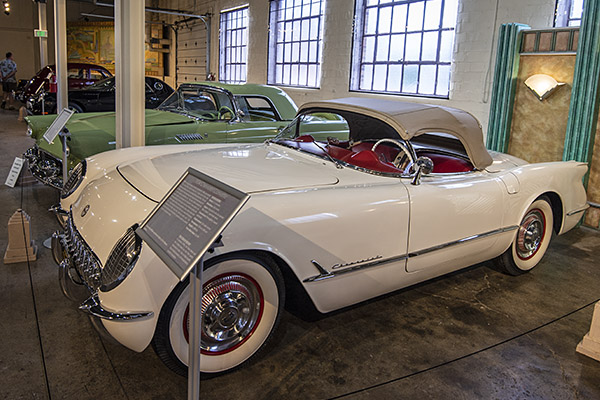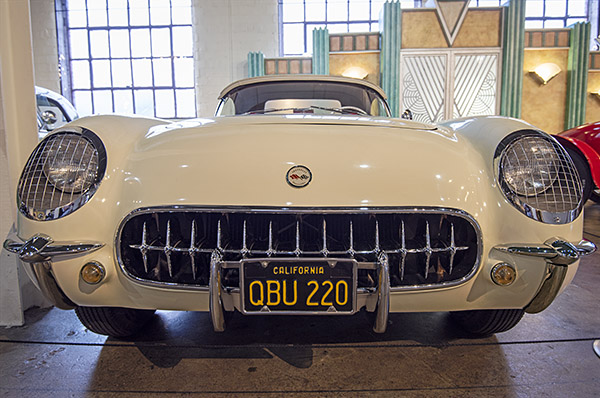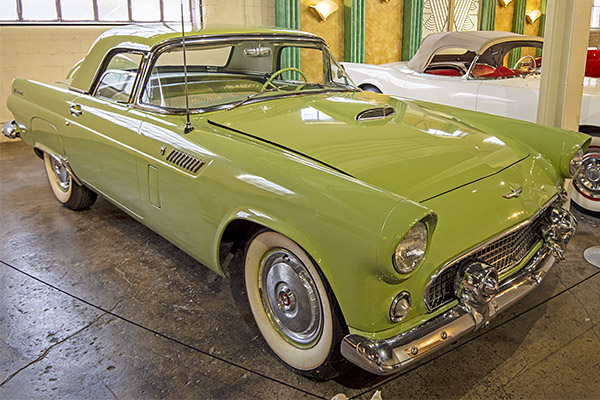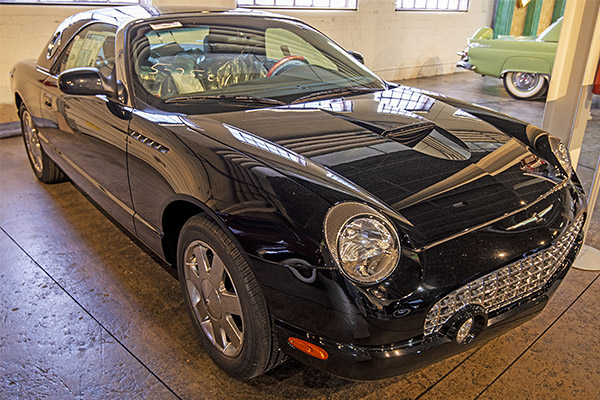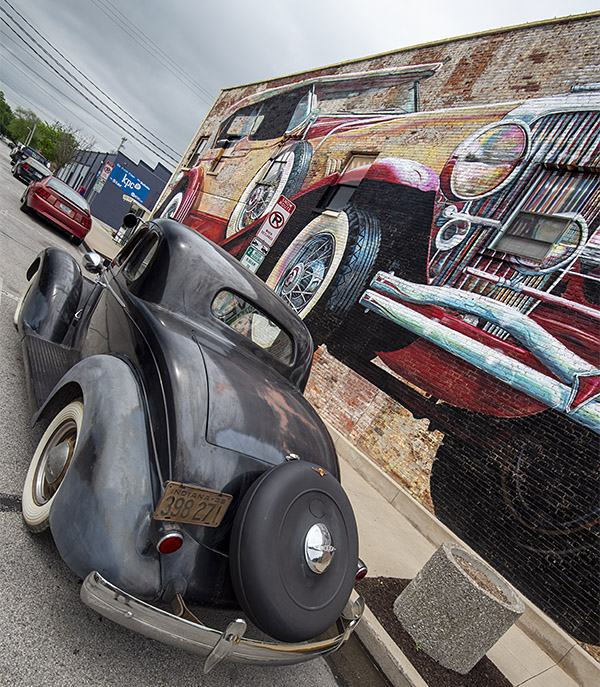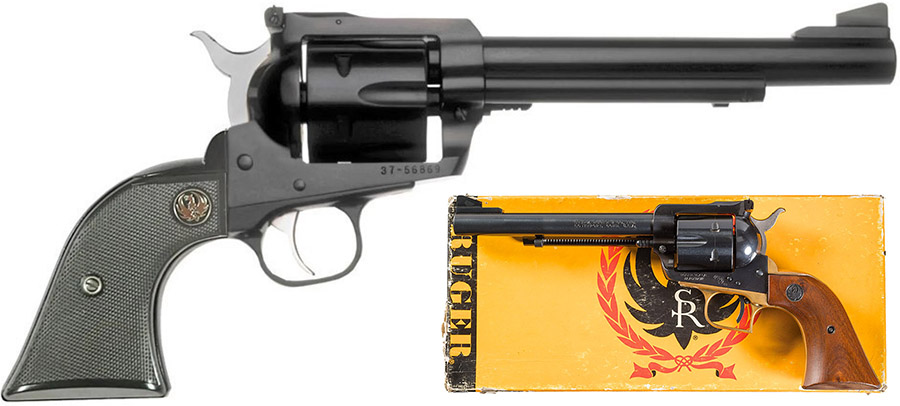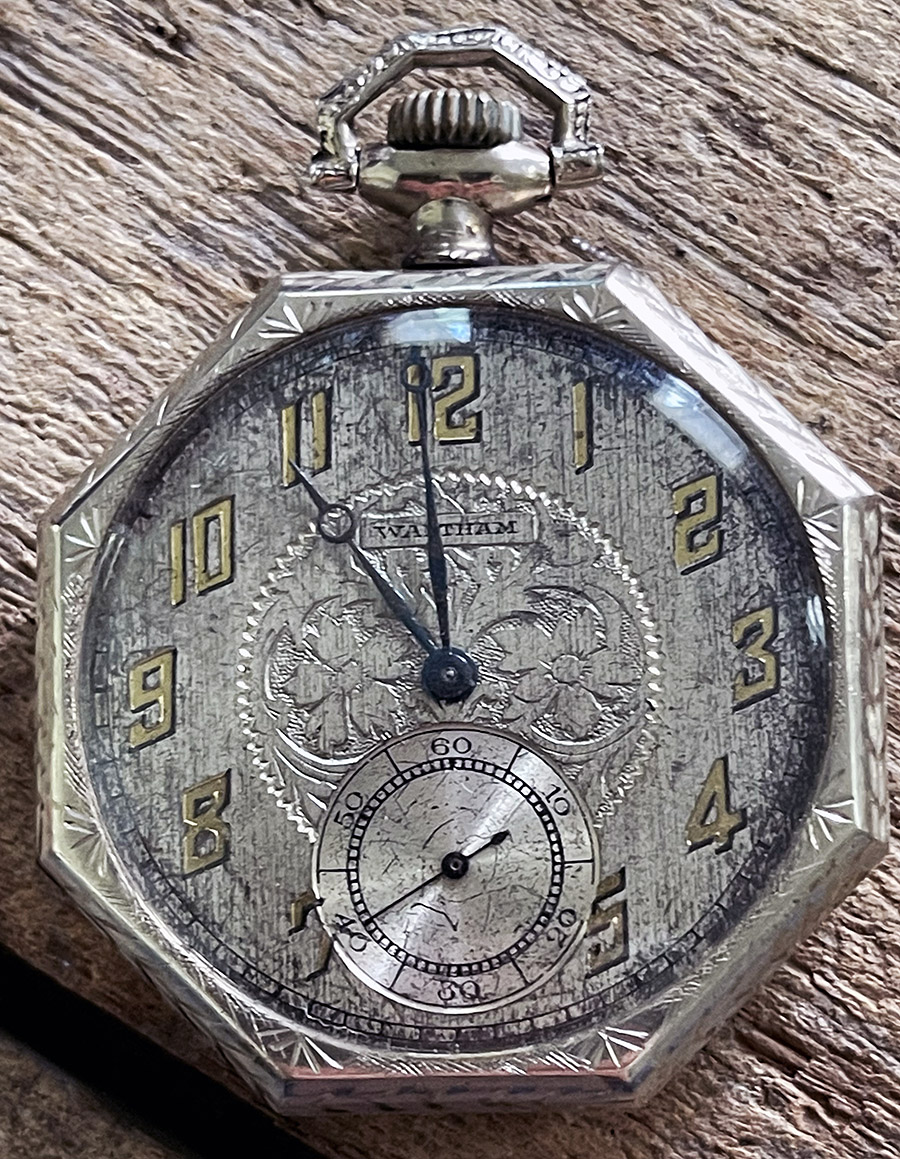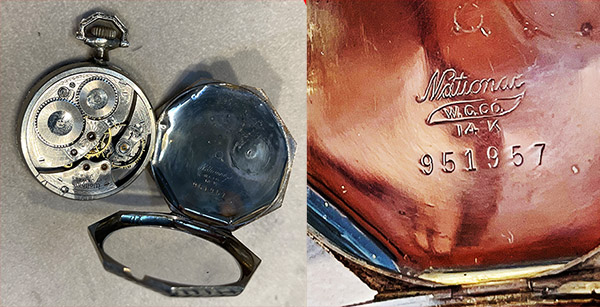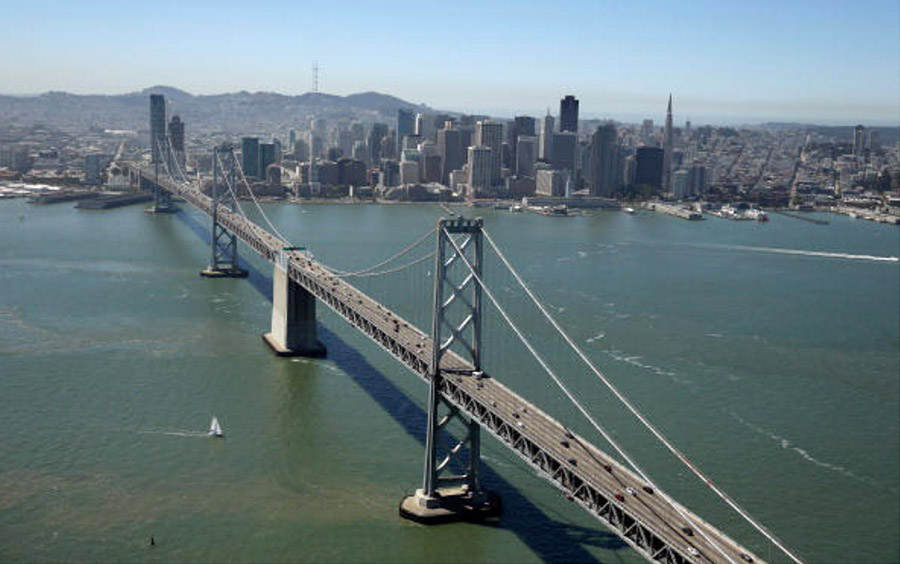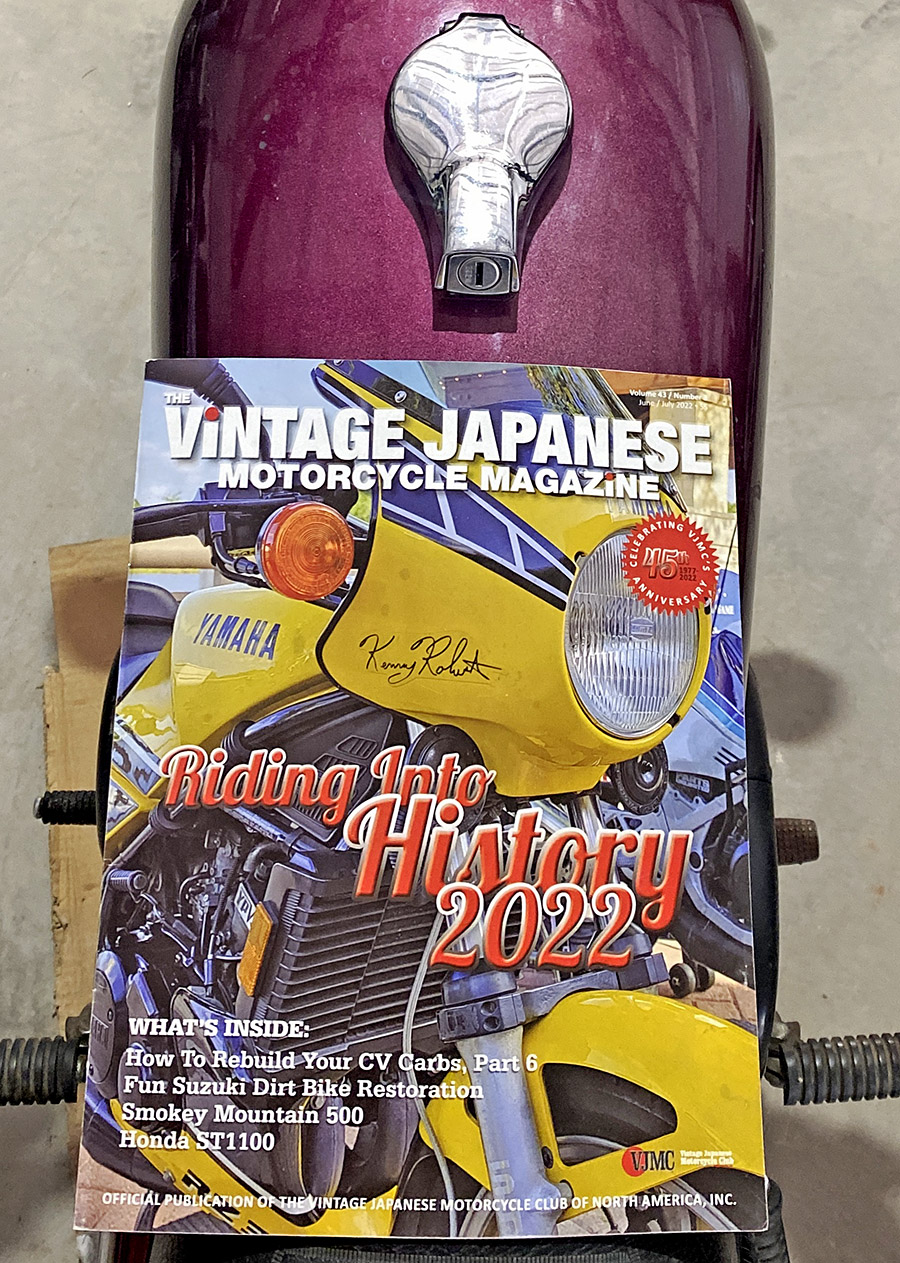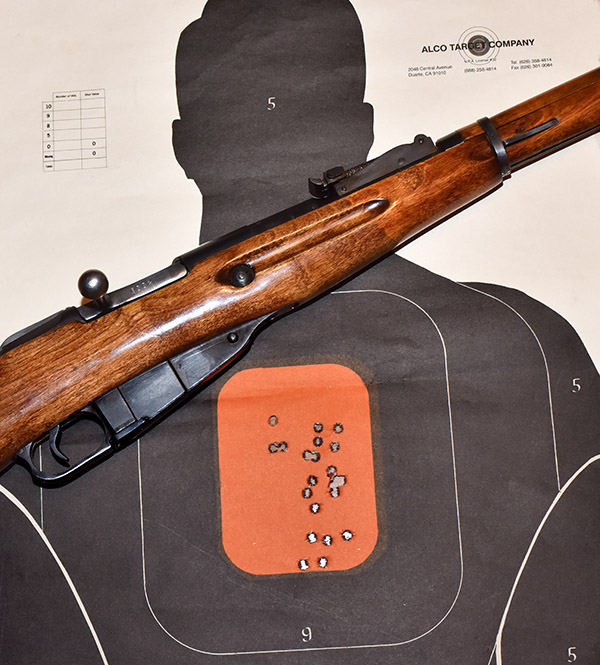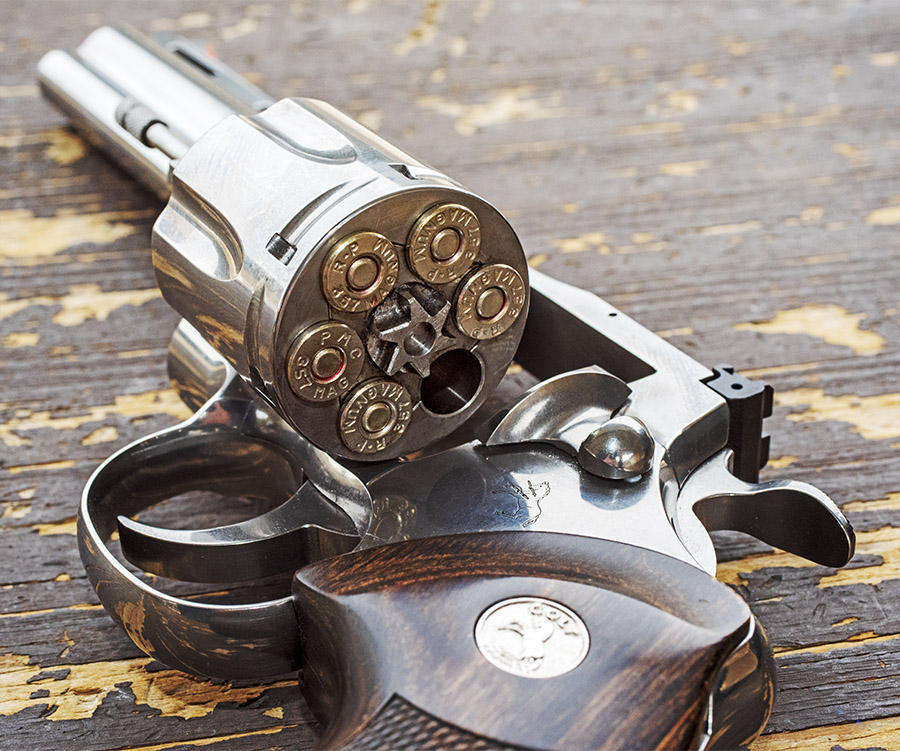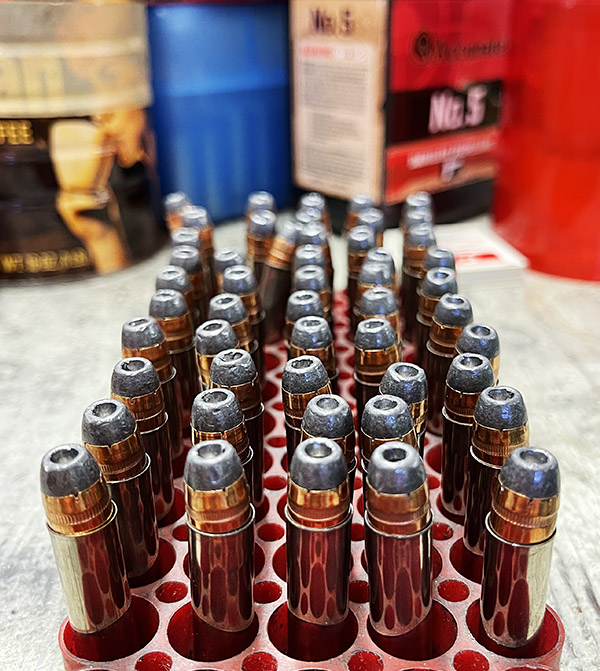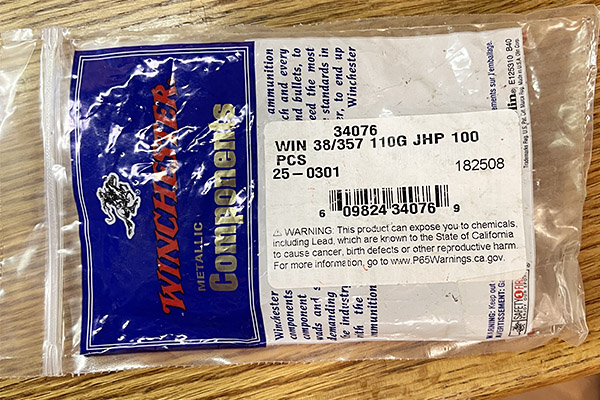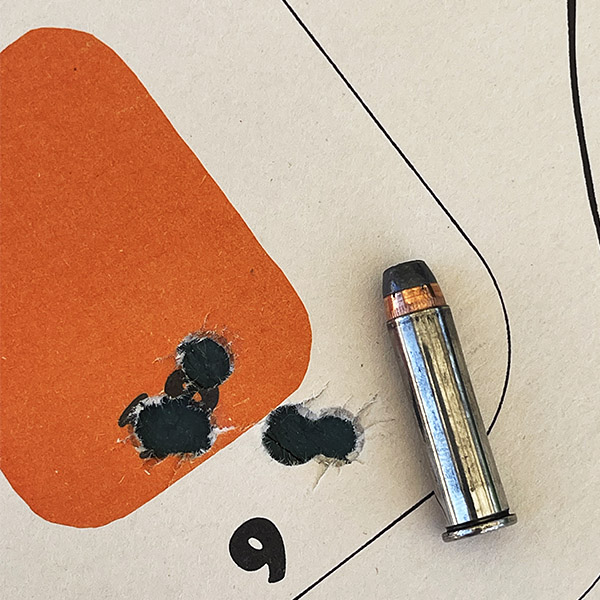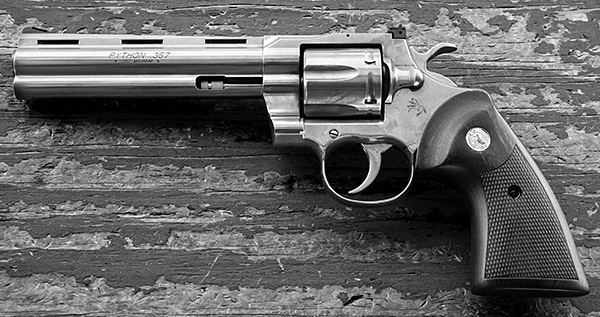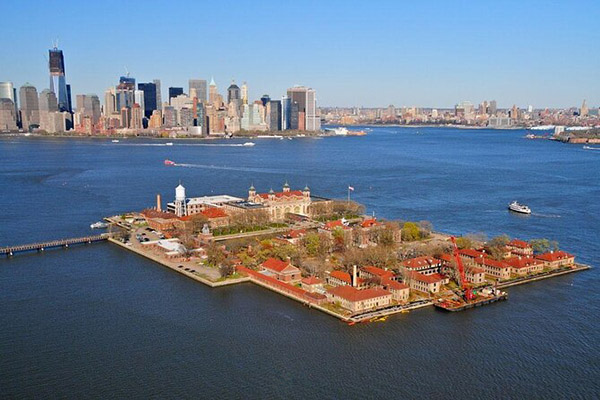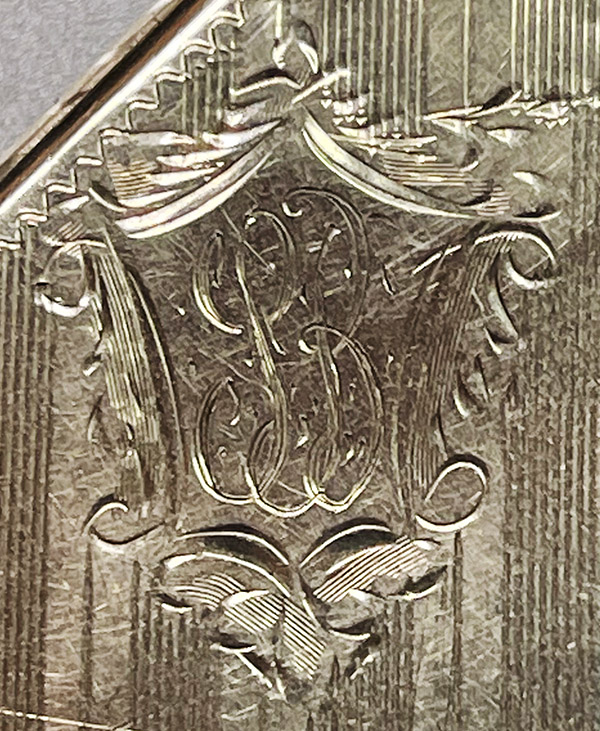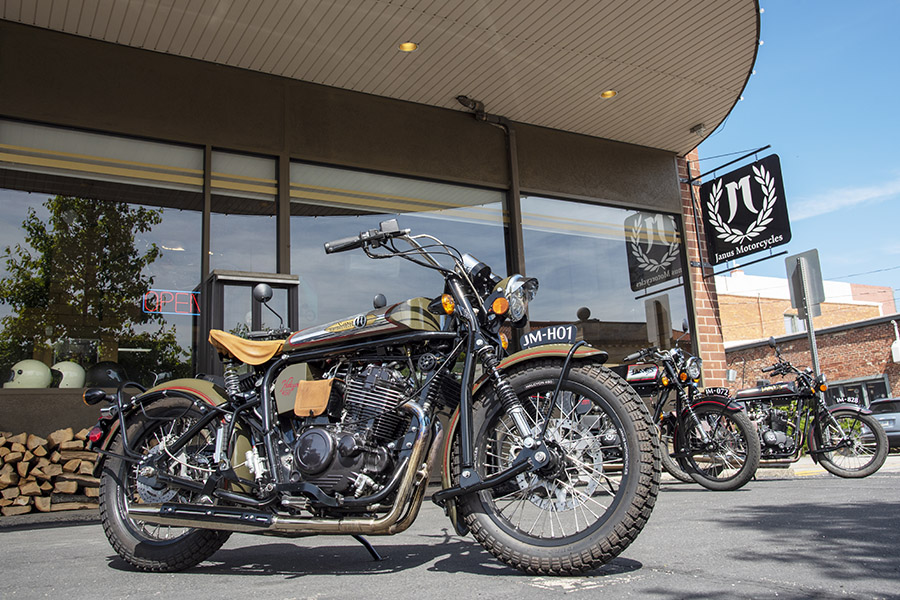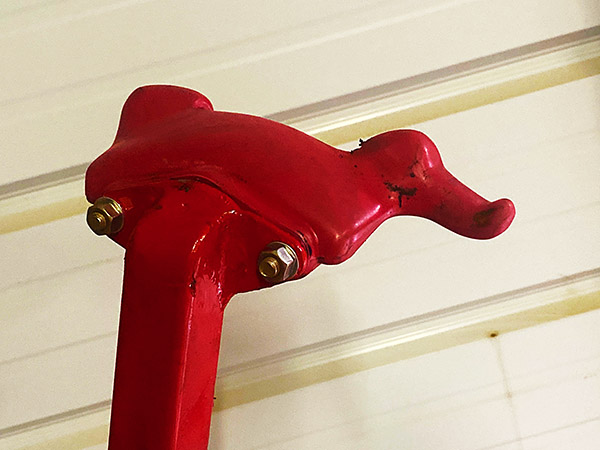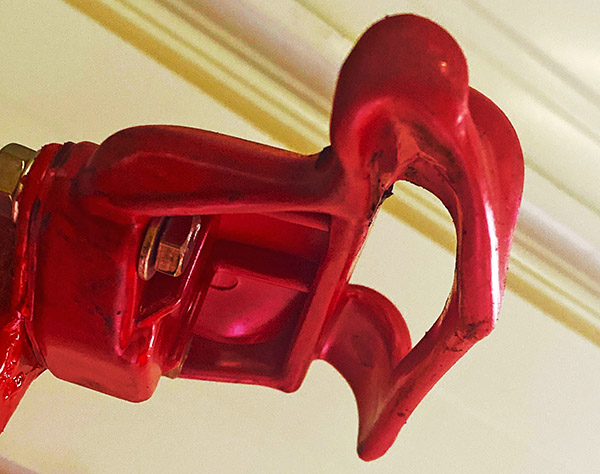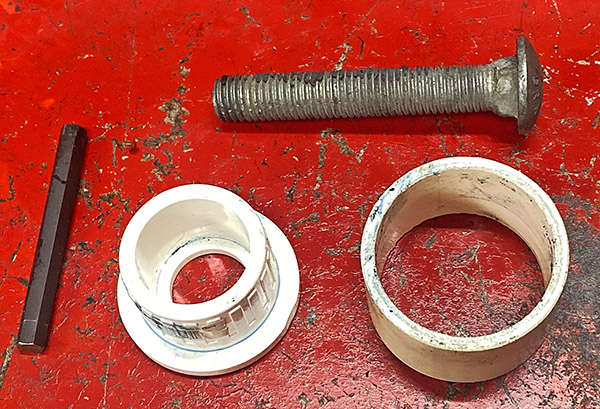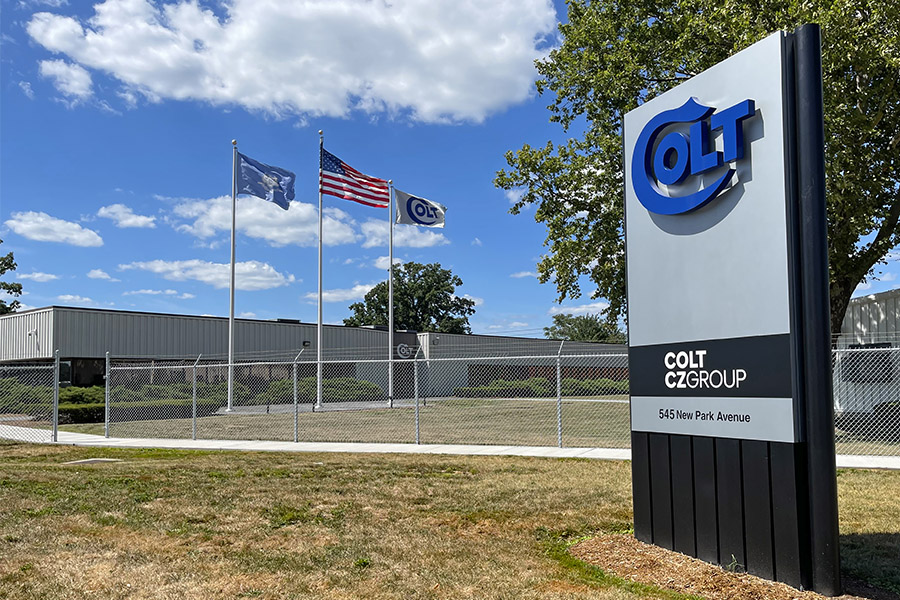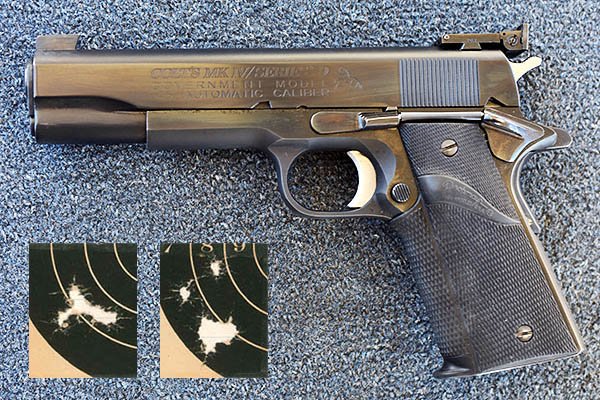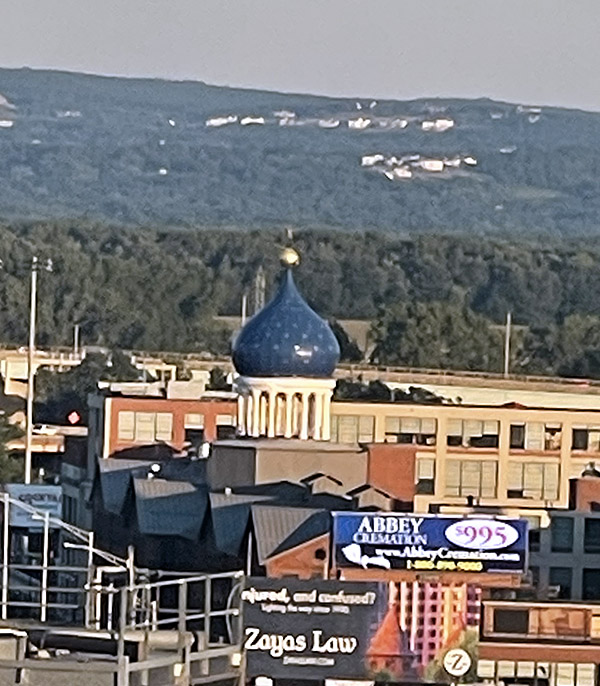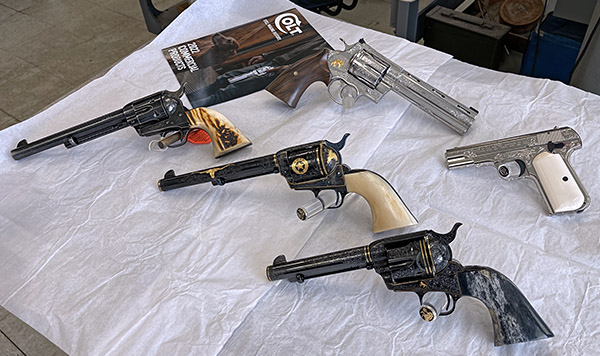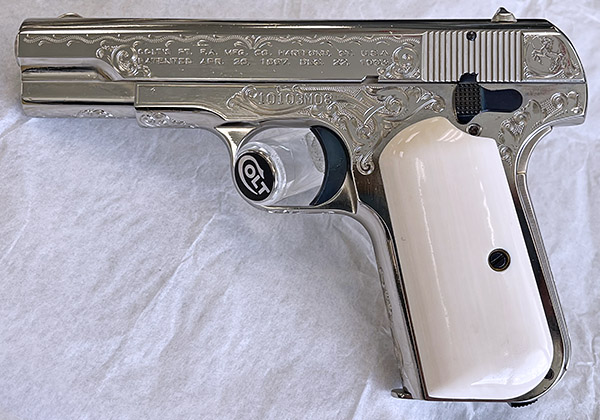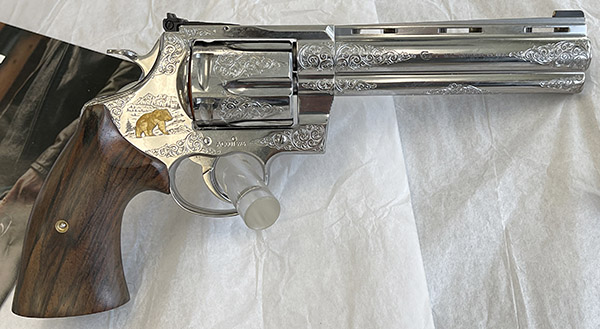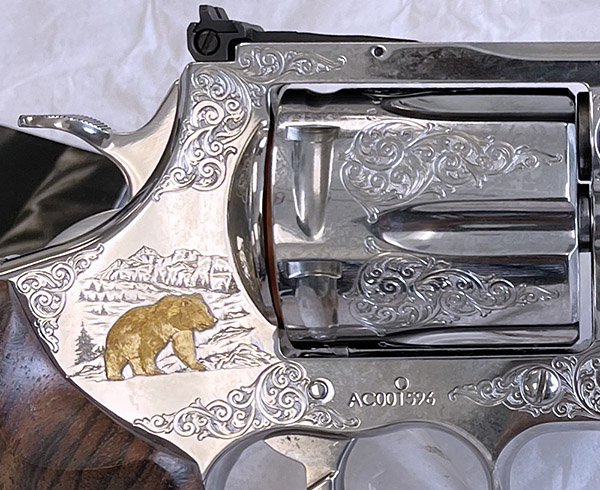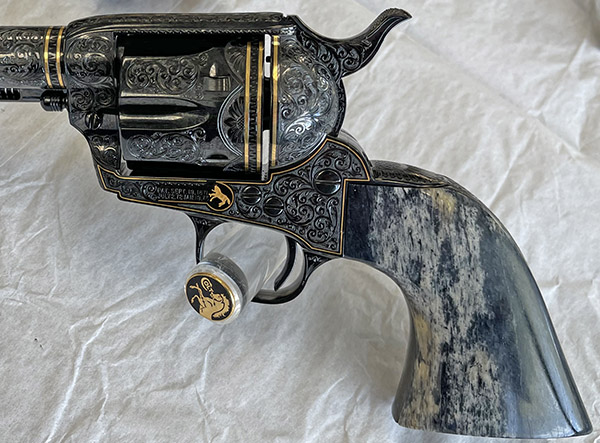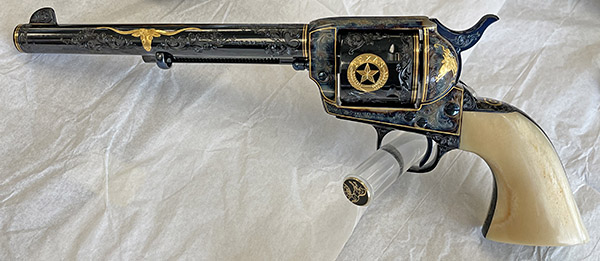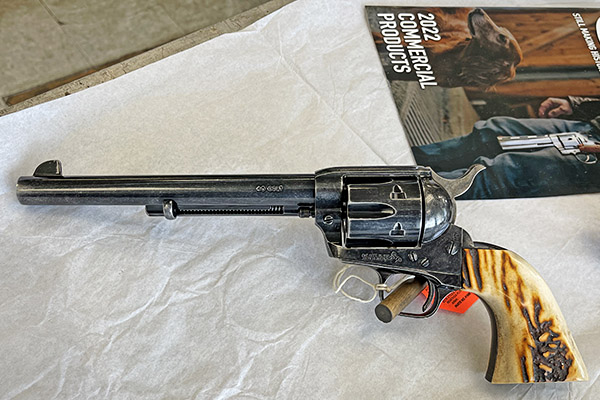When I was in high school back in the early 1970s a new idea in educational teaching methods came about. This new method was called LAPS, for Learning Activity Package or maybe Learn At your own Pace. Whatever it stood for, LAPS was an attempt to uncouple individual students from a strict, class-wide learning schedule.
In the old style of everyone learns at once system if you were a smart kid you were held back by the slowest learners in your class. By the same token if you were a stupid kid you always felt pressured to learn as fast as the rest of the class. LAPS was a system designed to make learning either less boring or less stressful for the student, depending on which end of the intelligence spectrum you found yourself.
LAPS consisted of 20-page LAP printouts. A light blue cover sheet would be titled Algebra LAP-1 and inside were smelly, mimeographed pages of the 1st algebra lesson. This naming convention continued until Algebra LAP-20. After a student felt that they had mastered a particular LAP there was a final test. If you passed the final you went on to the next LAP. This process continued until you had successfully completed the Algebra course.

There was no set time to complete a LAPS course. A student didn’t have to complete all 20 LAPS to pass the course. They just had to do the best they could. Everyone received LAP-1 on the first day of school but from then on students progressed at their own pace. The teacher didn’t address or teach the class as a group. How it worked was you read LAP-1 and as you came to things you didn’t understand you went to the teacher’s desk and she would give you the personal, one-on-one help you needed to grasp the mathematical concept at hand. The program rapidly became known as “Laps for saps.” Failing a LAPS course was pretty hard to do because you were always right on the pace you needed to be.
For me school was misery. I hated sitting in class and watching the minute hand slowly rotate until the bell rang and you changed classes only to start the clock watching all over again. When school was over I could not sprint out of the damn place fast enough.
Another thing I hated was to ask for help. I still don’t like to ask for help. (See concrete.) A scrum of students was always at the teacher’s desk bugging her for information on how to do this or calculate that. No way was I going to wait around at her desk like a paparazzi hoping for a compromising shot.
I stared at the LAP-1 lessons and none of it made sense to me. It was like looking at Egyptian hieroglyphics: Look, there’s a scarab beetle. Over here is a bird with a human body with the number 7 hovering over its beak. I never approached the teacher for assistance because I was sure algebra was total BS and anyway I couldn’t fail the class. I will say this about the LAPS learning program: At least no one bothered me. I’m sure by now loyal ExhaustNotes readers can take a guess at how well the LAPS program worked.
The autumn months dragged by, the daydreaming days grew shorter and when Christmas season rolled around I was still on LAP-1, the only kid in class still on LAP-1. Apparently my most comfortable learning pace was a dead stop. Most kids were up around LAP-8 or LAP-10. Those kids were the jerks sucking up to the teacher.
Somehow the school notified my mom that I was an exceptional student in that I might be the only student to ever fail a LAPS class. I guess you had to do one LAP minimum to pass. Mom went ballistic. She was astounded that I had accomplished absolutely nothing in 4 months of schooling. Mom told my older sister Marlin to help me out (that’s not a typo, I’ve spelled my sister Marilyn’s name that same way since I could spell and I see no need to change it now).
So began my crash course in algebra. Marlin would sit with me at the dinner table for a couple hours a night and explain what the scarab beetles and the birdmen meant. It was pretty easy, even fun, when she showed me the ropes. We spent more time laughing than learning. I passed Lap 1 the very first week.
The pace quickened. Marlin had places to go and people to see so she rammed that algebra into my brain as fast as it would accept it. We were doing one, sometimes two LAPS a week. The teacher grew suspicious and thought I might be cheating so she actually sat with me to watch me take a couple of the LAP final tests.
By March I had caught and passed some of the smart kids and by mid-April my sister and I had completed all 20 LAPS of algebra. My brain was so jacked up it glowed in the dark. I had to wear a towel over my head to get any sleep at night. Unfortunately, I have since forgotten much of what I learned but I still use the concept of information that is missing to help figure things out.

Then came something the LAPS system didn’t plan for: What to do with kids that finished early? They couldn’t let us roam the halls so they put me with two brainiacs in a classroom and called it current events. In other words, we sat and watched TV. The TV club slowly grew as other students finished their LAPS. I watched TV or slept in that class for 2 months and learned nothing except that I didn’t like any of the kids I was with. It was a bizarre end to a bizarre way of teaching.
The following school year the LAPS program was discontinued, for me anyway. I went back to learning the old fashioned way without very impressive results. I muddled along, skipping school to ride motorcycles and flunking out my senior year from too many days playing hooky. Who knew there were a minimum number of days you had to attend to graduate? I finally managed to get a high school diploma but there was no pomp and ceremony to the thing. I simply went to the administration building after completing summer school and picked up the diploma from some clerk in an office I had never seen or been in before. It was like a janitor’s closet or a mechanical equipment room.
Those few months of intense learning with my sister were so much fun. I loved blowing past the smart kids with my secret weapon, Marlin. It was like having the fastest motorcycle on the block. What an advantage I had! Marlin taught me that learning stuff wasn’t such a bad thing and she taught me more than algebra: She taught me that while I may be slow, I’m not stupid.
Keep us in clover: Hit those popup ads, please!
Never miss an ExNotes blog:


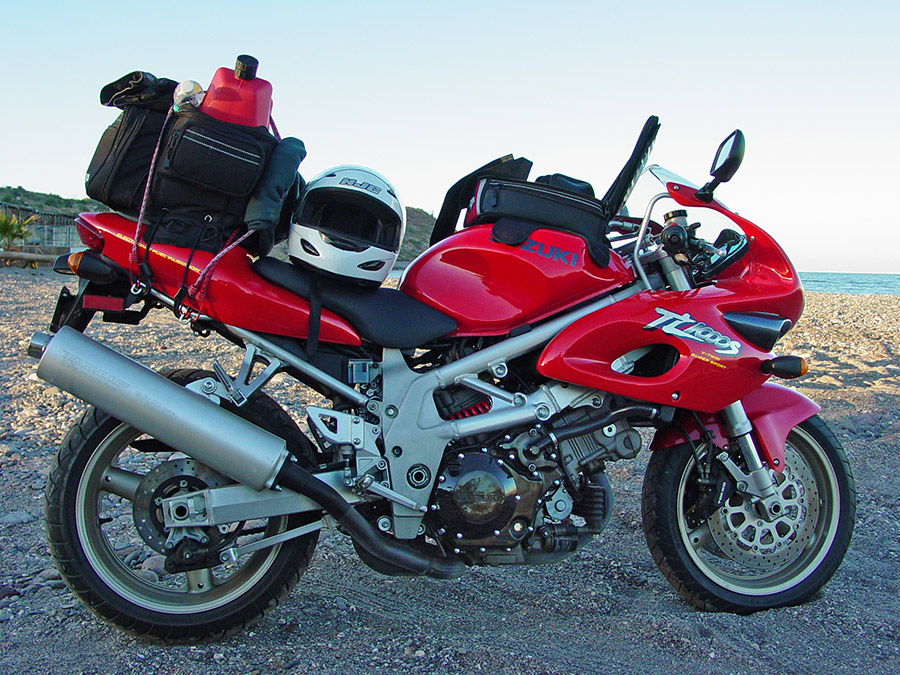
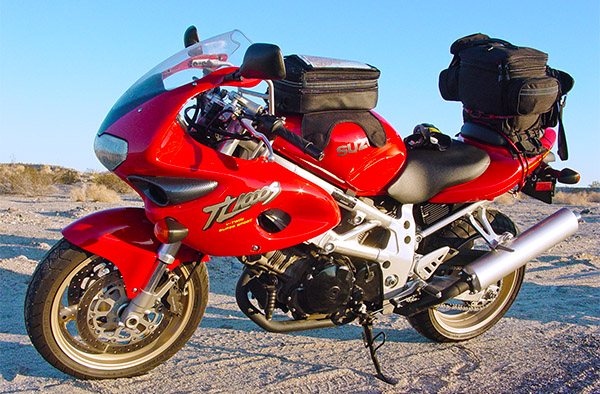
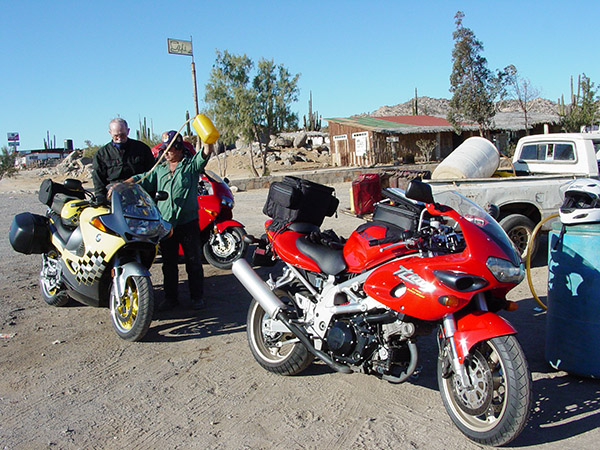

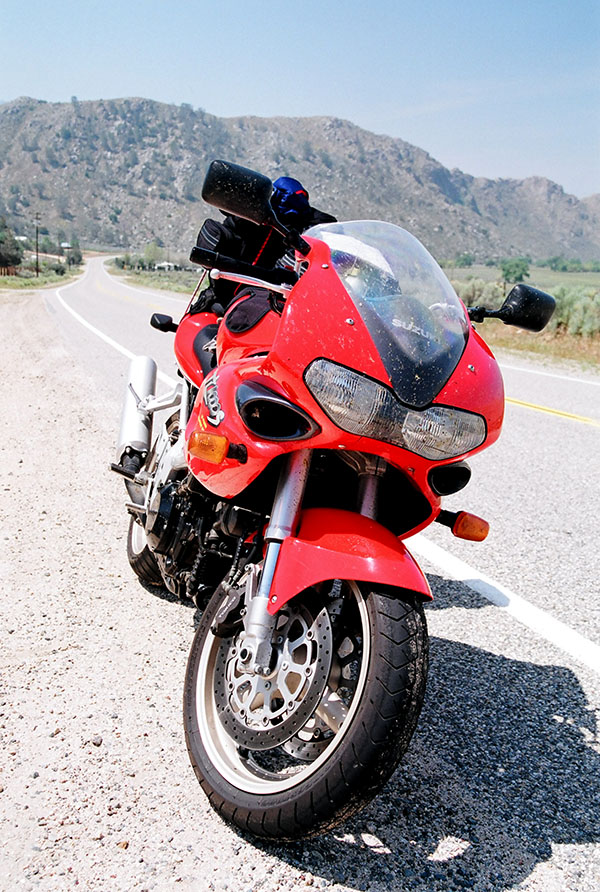
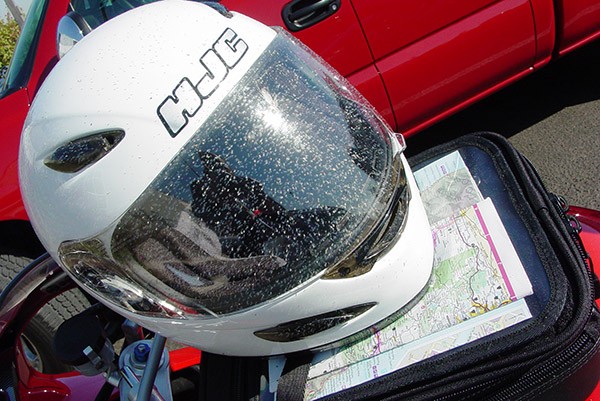
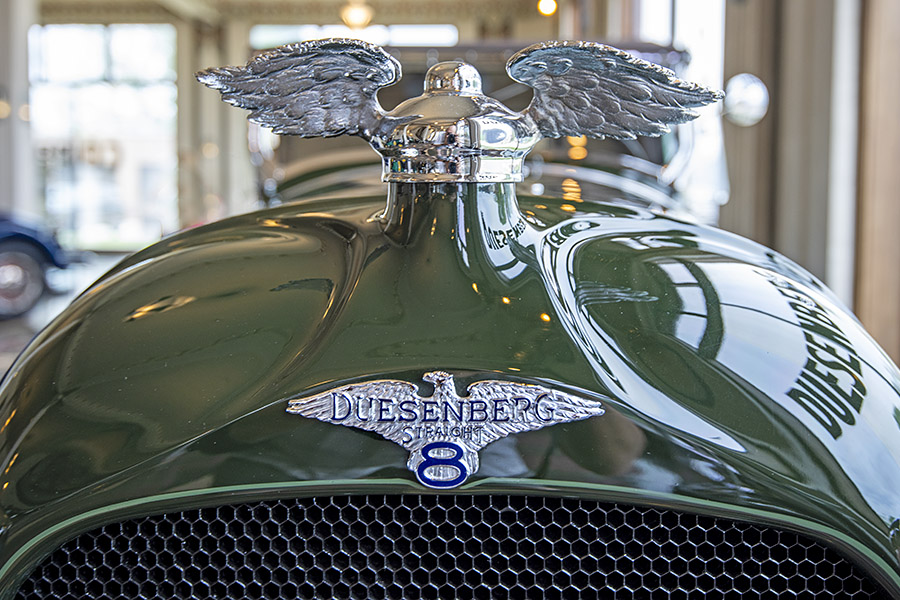

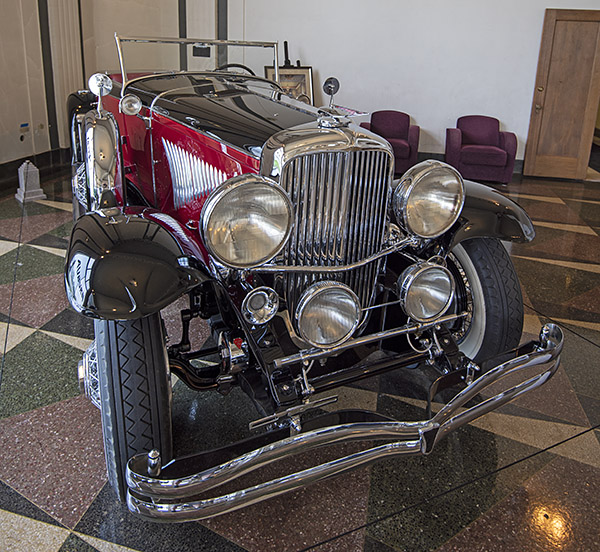
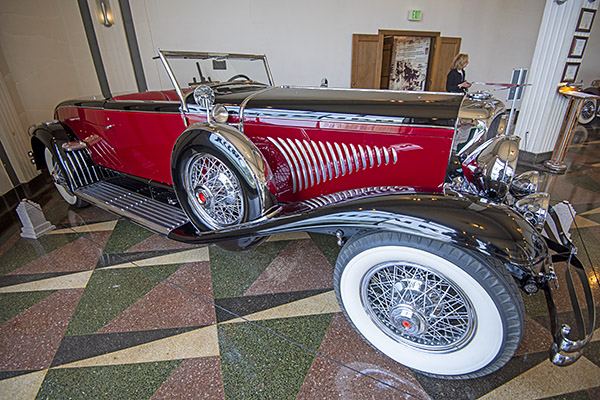
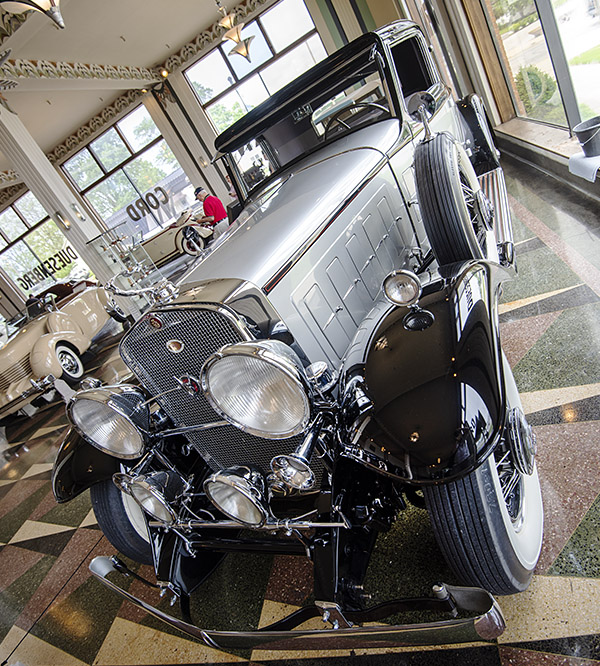
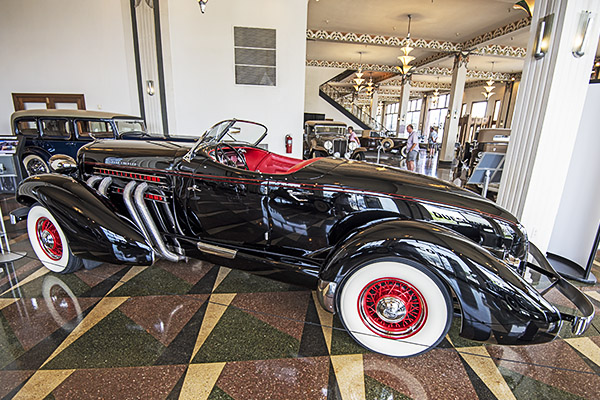
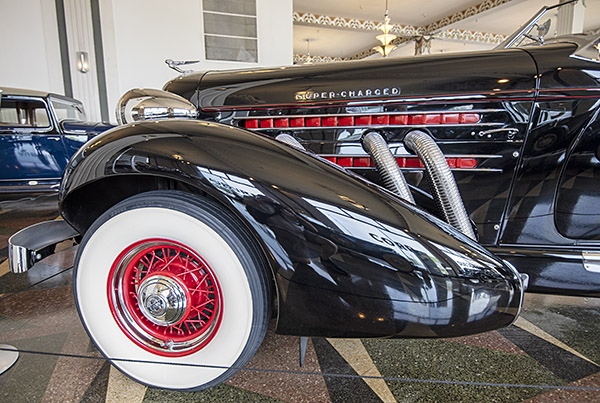
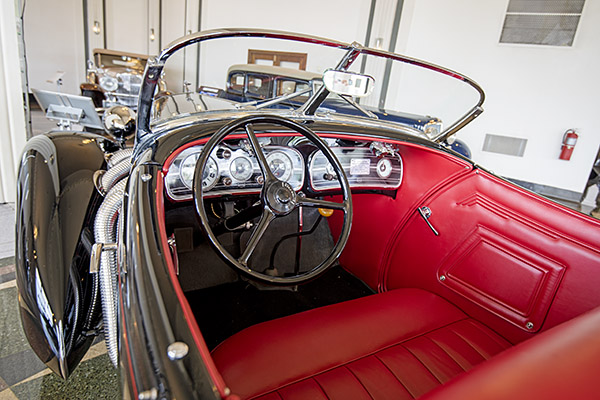
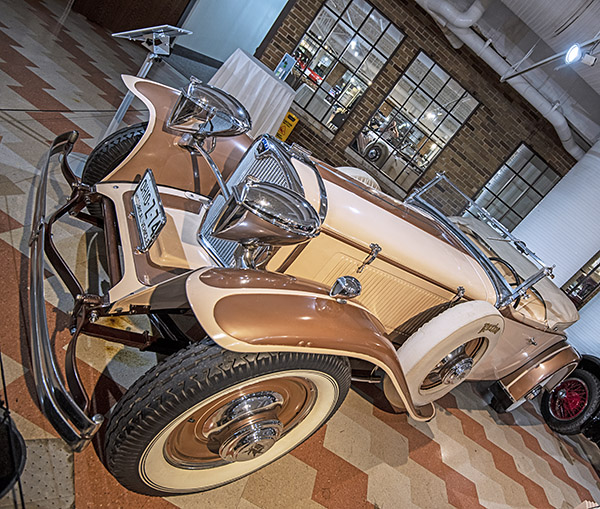
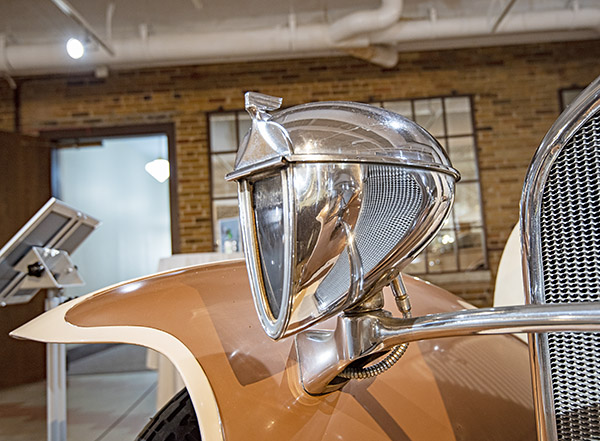
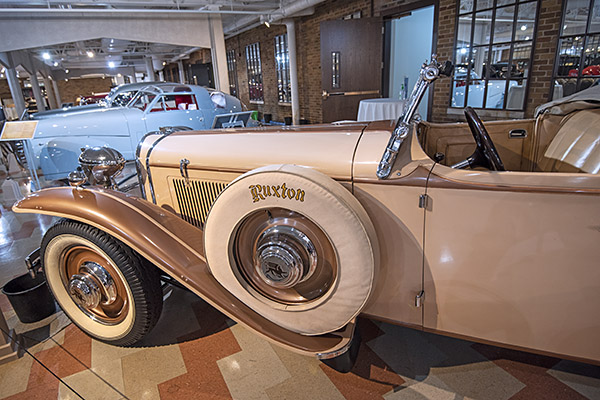 Here are two 1937 Cord 812 automobiles: A convertible and a coupe. The colors and the style are impressive. When I was a kid, I built a Monogram plastic model of a Cord that I think was based on the convertible I saw in Indiana.
Here are two 1937 Cord 812 automobiles: A convertible and a coupe. The colors and the style are impressive. When I was a kid, I built a Monogram plastic model of a Cord that I think was based on the convertible I saw in Indiana.